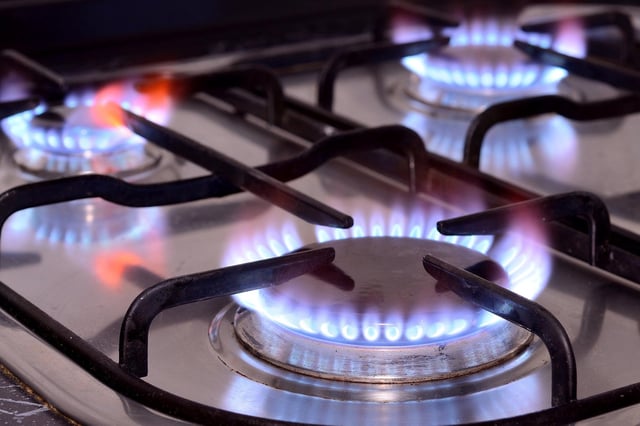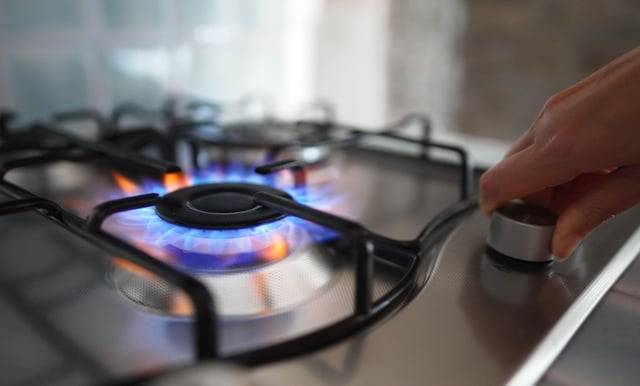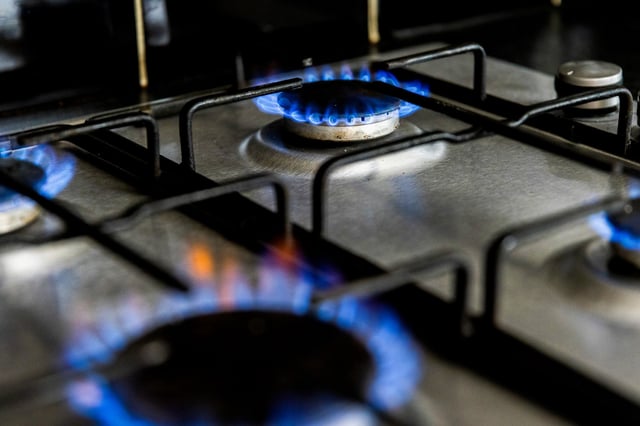Overview
- Studies reveal that gas stoves emit nitrogen dioxide (NO2) at levels that can exceed safe health standards, leading to respiratory issues and other health risks.
- NO2 levels in homes can remain elevated for hours after gas stoves are used, spreading beyond the kitchen and affecting entire households.
- Disadvantaged and smaller households face higher NO2 exposure, exacerbating health disparities among racial and socioeconomic groups.
- Effective ventilation, such as using range hoods that vent outside, can significantly reduce NO2 levels, though many homes lack proper equipment.
- Long-term exposure to NO2 from gas stoves is linked to increased asthma cases in children and thousands of deaths annually.



